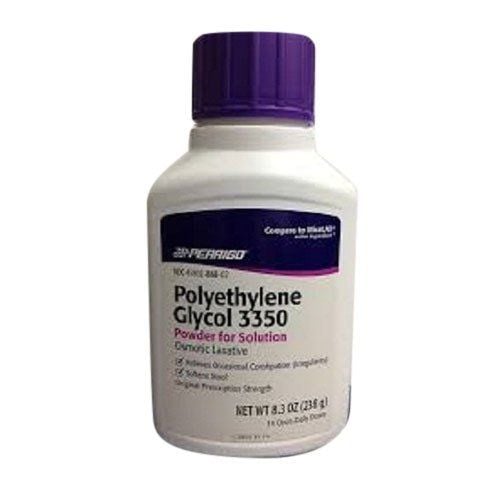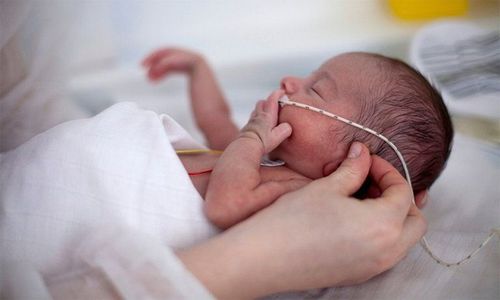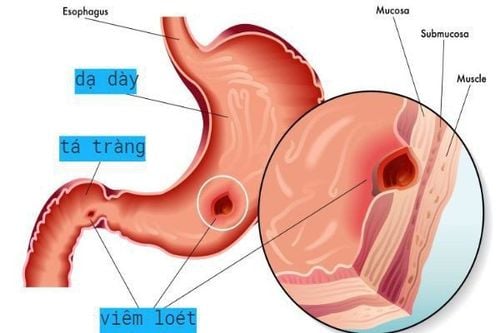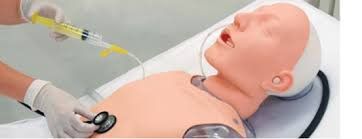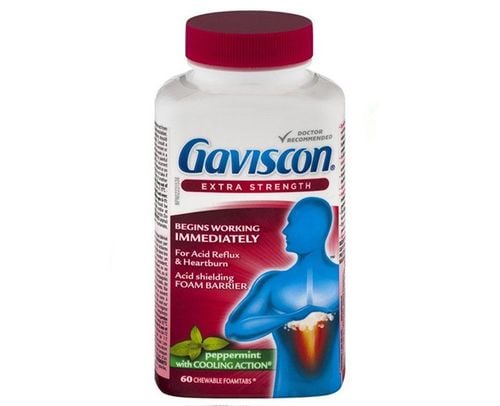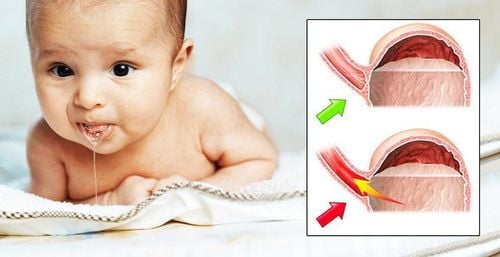This is an automatically translated article.
The article is professionally consulted by Master, Doctor Nguyen Ngoc Thang - Gastroenterologist - General Surgery Department - Vinmec Danang International General Hospital.Gastric bypass is a supportive procedure for people who cannot chew or swallow on their own (patients with cerebrovascular accident, head and neck trauma, mechanical obstruction of the upper gastrointestinal tract such as esophageal cancer, cancer of the gastrointestinal tract). oropharynx, mouth...). Learning about how to feed a patient through a nasogastric tube will help the patient's loved one become more confident and competent in caring for the patient.
1. Role of nasogastric tube feeding
In the 1980s, critically ill patients were often fed intravenously. However, one of the biggest disadvantages when feeding intravenously is that the intestinal tract is empty, creating conditions for bacterial gonorrhea to occur, causing infection and blood poisoning.Therefore, since the late 90s of the last century, experts have encouraged early enteral nutrition for critically ill patients. Therefore, catheter feeding is a method of feeding critically ill patients in most hospitals.
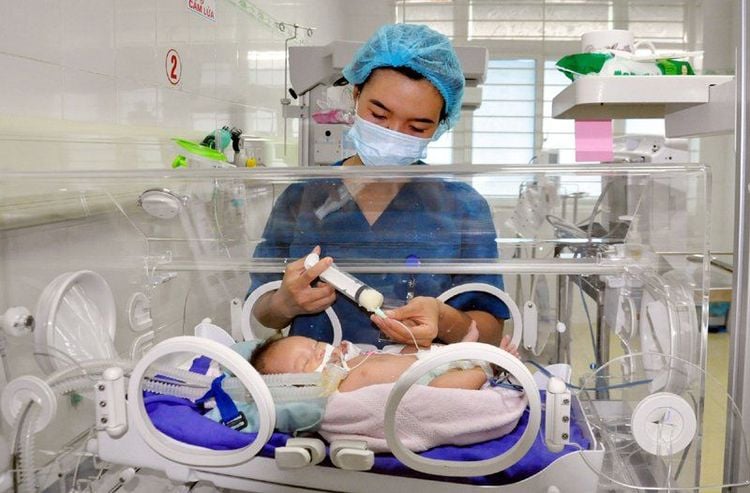
Nuôi ăn qua đường ống mở thông dạ dày
2. Prepare before catheter feeding
Liquid food is prepared: ensure milk, liquid porridge... Optical infusion and drainage tubes Bags or bowls for food. 50ml feeding syringe. Before feeding, it is necessary to inform the patient if the patient is awake, if the patient is not awake, notify the patient's family.3. How to feed the patient through the catheter
Check that the nasogastric tube is still in the correct position in the stomach (inflate and listen to the epigastrium or use a suction pump to see gastric juice). Connect the liquid feeding bag to the catheter, adjusting the drop to match the calories.Each feeding time is about 3 - 6 hours. After each feeding, pump cooled boiled water or sterile water to flush the catheter. Pay attention when pumping water and food into the stomach to avoid bringing air into the stomach. Start feeding 8 - 24 hours after the procedure. The amount of feeding fluid started with 40ml/4h, then gradually increased by 25ml/every 12 hours to reach 250ml/4h. Feeding tubes can be used from 6-12 months, if there is indication to continue feeding, replace with new feeding tubes.
The required calorie dosage depends on each disease: normal digestion: 30 - 50 calories/kg
First day: 1000 - 1400 calories. Day two: 2000 - 2500 calories. Bacterial infections: 50 calories/kg Large bowel resection:
First day 250 calories, mainly glucide, gradually increasing every day 250 calories.
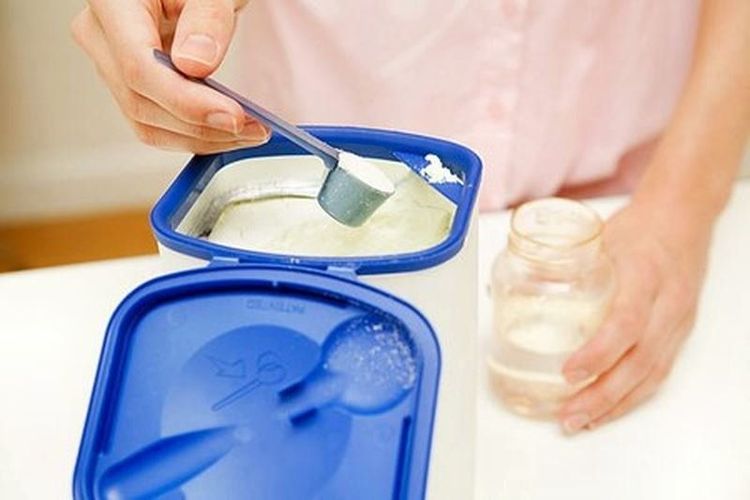
Cho bệnh nhân ăn sữa qua đường ống thông
4. Dealing with complications when feeding through a nasogastric tube
Diarrhea: Reduce the diet, reduce the rate of infusion, check for environmental pollution, check the operations performed.Vomiting : Sometimes occurs due to eating too quickly, too much in one time due to incorrect indications, for the patient to lie on the side of the head or in a safe position. Aspiration of secretions from the pharynx and bronchi.
Weight loss, weight gain: Adjust food intake.
Aspiration pneumonia : Due to too much feeding at a time or because of feeding tube intolerance. Treat by reducing the amount of feeding fluid per pump, keeping the head elevated when pumping through the tube until 1 hour after feeding.
Master. Doctor Nguyen Ngoc Thang has 17 years of experience in the field of gastrointestinal and hepatobiliary surgery, and over 9 years of endoscopic interventional experience, especially the technique of endoscopic retrograde cholangiopancreatography. ERCP) with over 800 cases.
Please dial HOTLINE for more information or register for an appointment HERE. Download MyVinmec app to make appointments faster and to manage your bookings easily.




